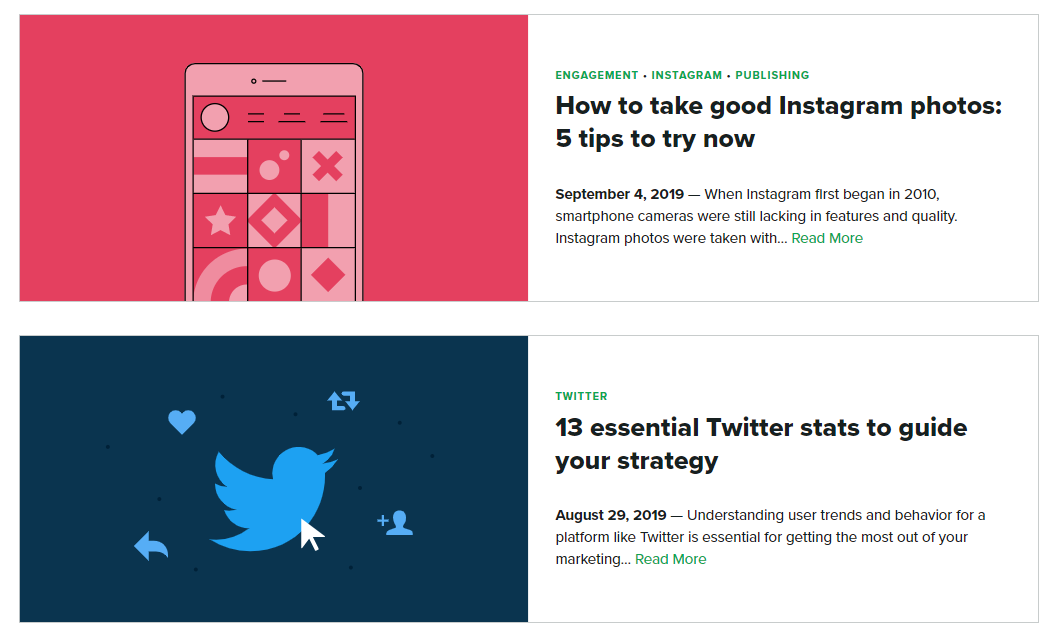- This Blog Is Your Blog For A
- This Blog Is Your Blog Host
- This Blog Is Your Blog Wordpress
- This Blog Is Your Blog Followers
It’s not easy to write a first-person story in a way that will interest anyone other than your mother. In fact, “this happened to me” and “here’s what I think” posts are what earned blogging its narcissistic reputation.

- Your blog's description. The language of your blog. This setting is to indicate the content of your blog contains adult content, including images or videos that contain nudity or sexual activity. If selected, viewers of your blog will see a warning message and will be asked to confirm they want to proceed to your blog.
- Even shut down your blog when they see fit to do so. Google may, in its sole discretion, at any time and for any reason, terminate the Service, terminate this Agreement, or suspend or terminate.
But then a writer like Lisa McKay comes along and so eloquently shares her own personal story about her husband’s cancer diagnosis. Only she’s not writing in retrospect, with the insight of knowing how her story will end. Instead, she’s telling this tale as it unfolds.
Your readers are the ones who drive the success of your blog by reading, commenting, sharing, and more. Being active on social media Connect your blog to social media and post engaging content to attract new followers and readers. Your Website.com blog. When you add a blog to your website, it will automatically appear as a separate page within your website to create a seamless look and feel. The Website.com blog application comes with many setting options, including comments, custom labels, social sharing, background and fonts.
Lisa points out just how hard this is to do in yesterday’s post, A Note from the Messy Middle:

I’ve been thinking this morning about … [how] good writing usually has beginning, a middle, and an end. It tells a story. It has a point; it’s not just an unfiltered brain dump.
We’re thrashing around in the middle of this story right now. Even though it only started just over three weeks ago, I can hardly remember that part anymore. The ending is still a long way off. And in the messy, map-less middle of this ugly story, all I’m pretty much capable of right now is an unfiltered brain dump.”
Except that anyone who reads the post knows it’s more than a brain dump, that Lisa manages to find a point even when writing from the messy middle. Her honesty about how she feels might even bring you to tears.
Lisa’s able to share her personal stories in ways that resonate with readers in part because she has practice under her belt; she’s the author of two memoirs, including her recent Love At The Speed Of Email, which chronicles how she fell in love with her husband Mike.
We don’t often feature individuals’ work here at The Write Life, but Lisa’s latest posts are solid examples of how to tell personal stories well, whether through a memoir or on a blog, a goal so many writers struggle to achieve. As you root for her family over the coming months, be sure to learn something from her writing, too.
What other bloggers tell personal stories well? Let us know in the comments!
One of the great things you can do with WordPress is blogging. If you want a blog on your site but don’t want to display the blog on the front page, you can add one on your WordPress Dashboard. To create a blog for your site, first you need to create a blank page:
1From the Dashboard, choose Pages→Add New.

The Add New Page screen appears. This is the page where you can write a new post to your WordPress blog.
2Type a name for the page in the text box toward the top of the page.
For example, because this will be the main page for your blog, enter Blog for the name. This automatically sets the page slug to /blog.
3Leave the text box blank.
You leave the text box blank here because you don’t want to display any page content on your blog; rather, WordPress displays your blog posts using this page after you assign it as your blog.
4Click the Publish button.
The blank Blog page is saved to your database and published to your WordPress site.
You have a blank page that redirects to http://yourdomain.com/blog.
Next, you need to assign the page you just created as your Blog page.
This Blog Is Your Blog For A
5Choose Settings→Reading.
This Blog Is Your Blog Host
The Reading Settings page opens.
This Blog Is Your Blog Wordpress
6From the Posts Page drop-down list, choose the page you just created.
For example, select the Blog page as a posts page.
7In the Blog Pages Show at Most section, type the number of posts you want to display in the Posts text box.
This setting specifies the number of posts you want to appear on that page at any time. If you enter 5, the Blog page shows the last five posts you’ve made to your blog. Enter the number of posts you would like to appear based on your preference.
8Click the Save Changes button.
This Blog Is Your Blog Followers
The options you just set are saved, and your blog is now located at http://yourdomain.com/blog (where yourdomain.com is your actual domain name).
You can add a link to your blog in the navigation menu by adding it to your custom menu.
